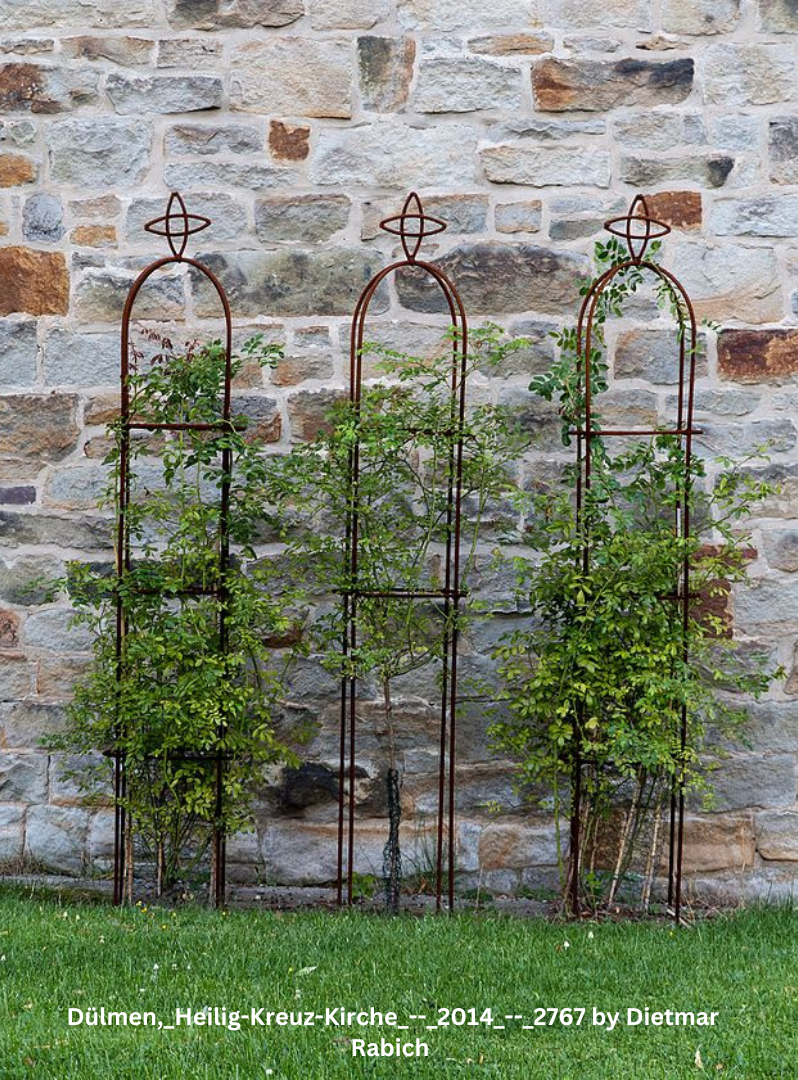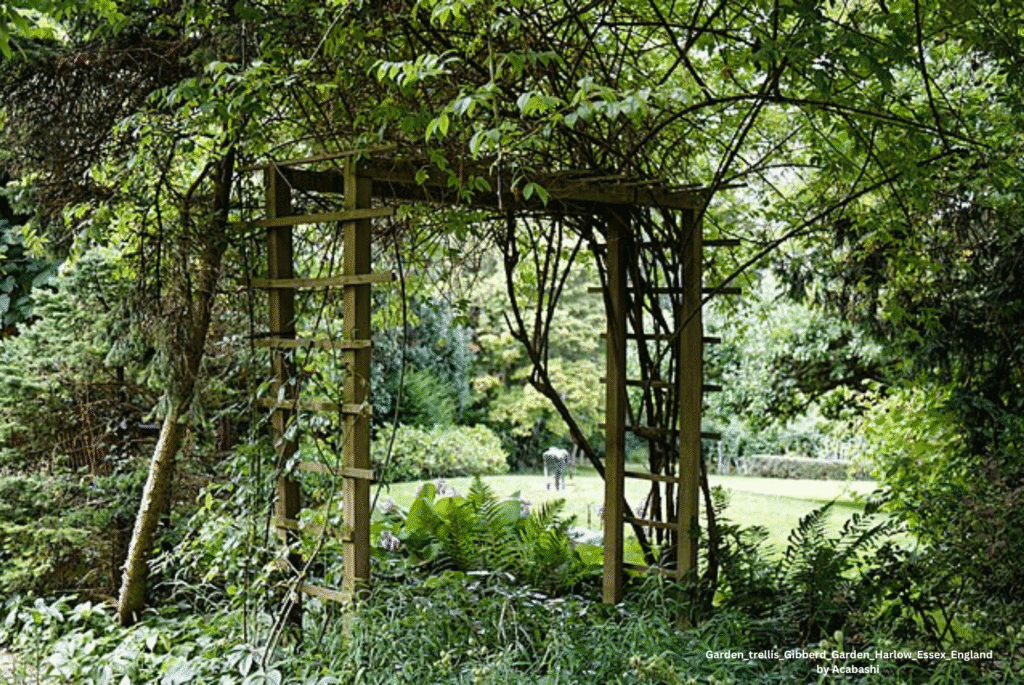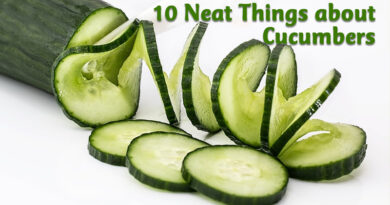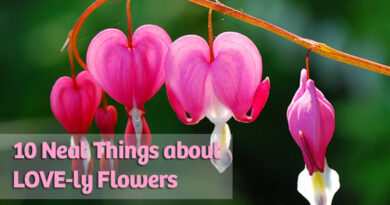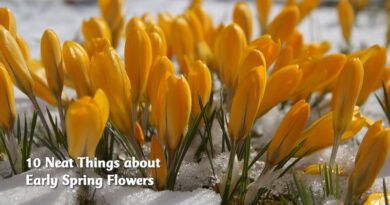Stakes and trellises deserve praise: 10 Neat Things
They may not be glamorous, but stakes and trellises are the quiet champions of the garden. They hold up the heavy, guide the wayward, and turn a tangle of vines into a vertical masterpiece. Whether you’re growing cucumbers or clematis, a sturdy support system makes all the difference. Here’s a look at Ten Neat Things these garden workhorses do—and why they deserve a little more credit.
1. Silent supporters.
Stakes and trellises are the quiet achievers of the garden. They don’t draw attention to themselves, but they make a world of difference by holding up everything from tall perennials to heavy tomato vines. Without them, many of our favourite plants would flop over, rot on the ground, or break under their own weight.
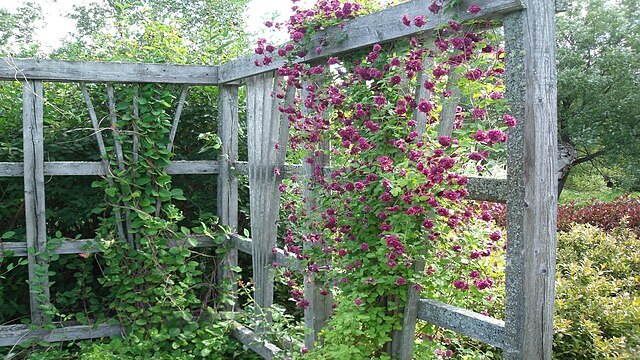
2. A material world.
Not all supports are created equal. Bamboo is popular for its lightness and biodegradability. Wood blends naturally into most gardens but breaks down over time. Metal is durable and often stylish, though it can heat up in full sun and scorch tender stems. Even plastic and fibreglass stakes have their place, especially when reused year after year. If you’re crafty, old broom handles, hockey sticks and ski poles can all find second lives in the garden.
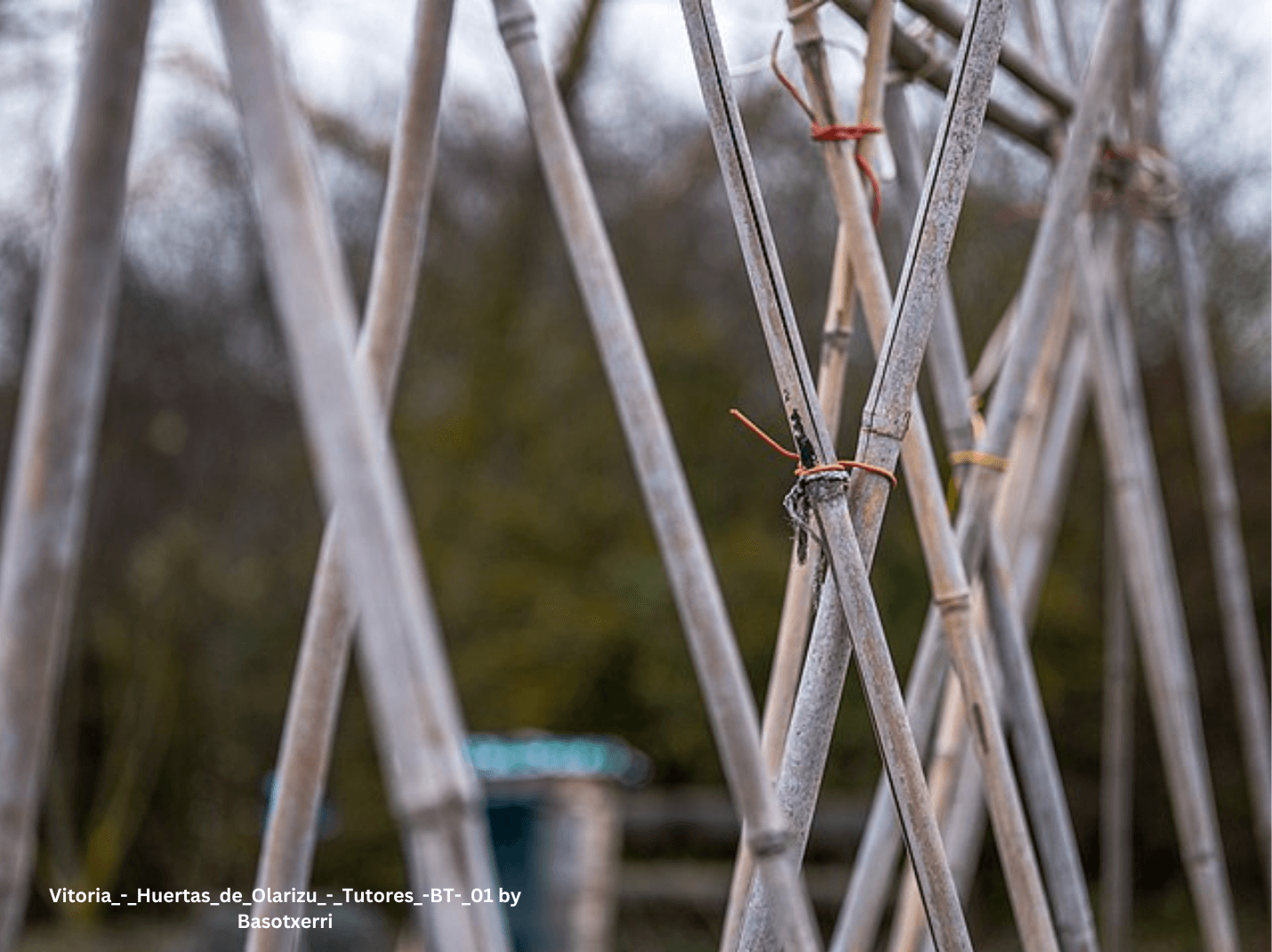
3. Trellises add vertical flair.
When space is limited, growing upward is the gardener’s best trick. A trellis lets you train climbing plants like sweet peas, scarlet runner beans, or clematis to create a vertical display. This not only saves ground space but adds height and movement to a bed. Even in a large garden, a trellis can help define spaces and draw the eye upward.
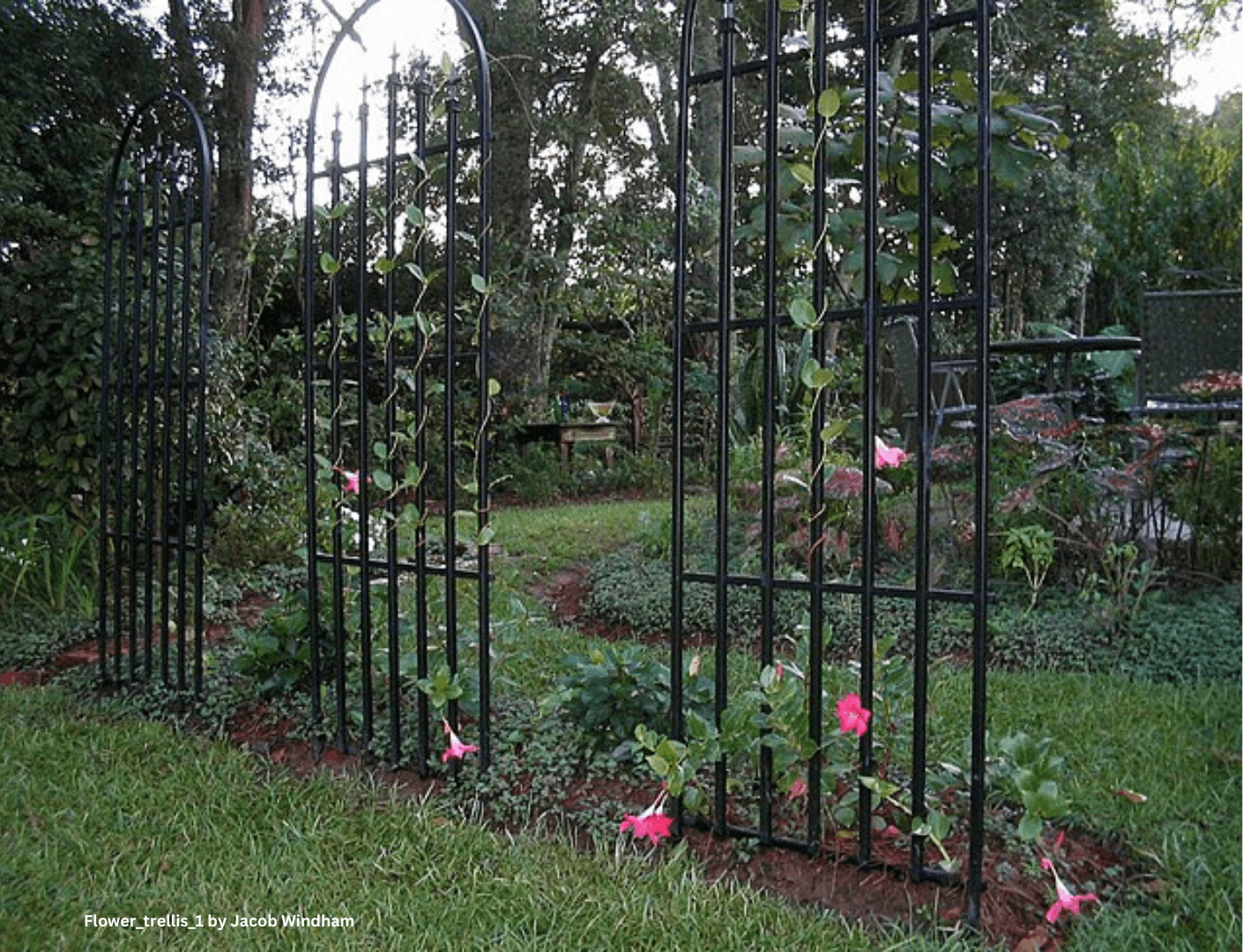
4. Form meets function.
A good support system can be beautiful as well as practical. Think of an iron obelisk in the middle of a perennial bed, or an arched trellis framing a pathway. These features add winter interest when the plants die back and become focal points during the growing season. A well-placed trellis can be just as much a design choice as a necessity.
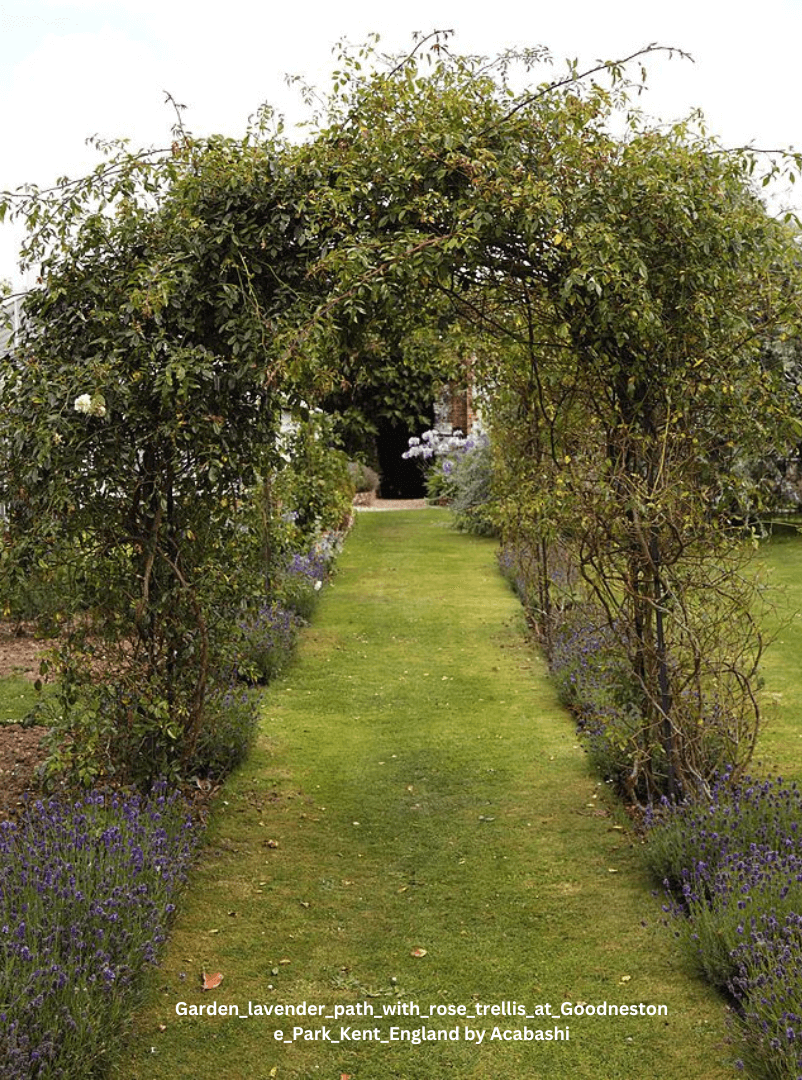
5. Healthier plants.
Supporting plants keeps foliage and fruit off the soil, where moisture and microbes can lead to rot and disease. Good airflow through and around a plant’s foliage helps prevent powdery mildew and other fungal issues. It also makes it easier for pollinators to reach flowers and for you to spot problems early.

6. Training tools.
Stakes and trellises are essential for training plants into specific shapes or habits. Tomatoes tied to a single stake will grow tall and narrow, while cucumbers can be taught to climb netting or an A-frame to save space. Fruit trees can be espaliered against a flat trellis, combining beauty with efficiency. Even young trees often need to be staked for their first year to develop upright trunks.
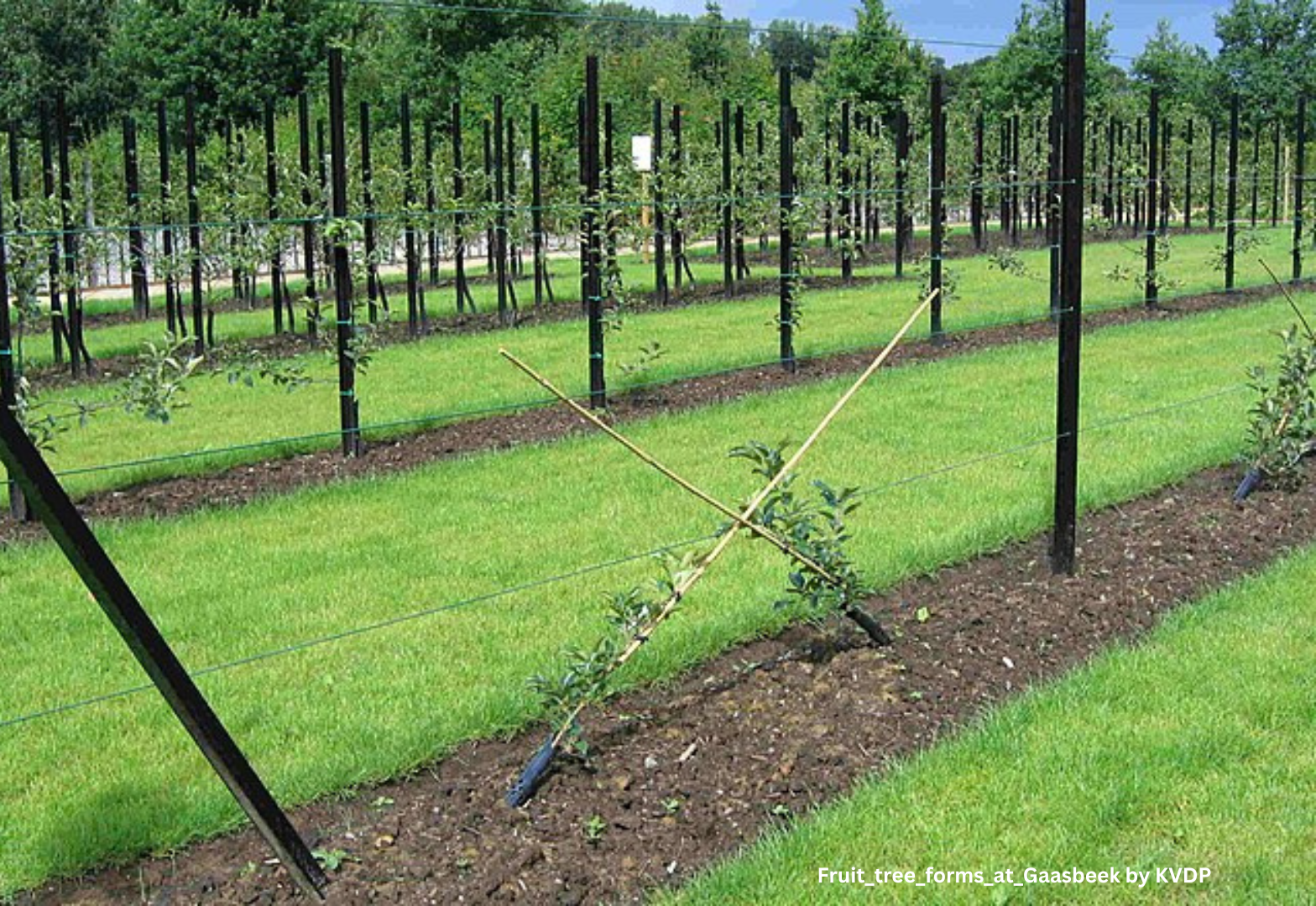
7. DIY possibilities.
Some of the most charming and cost-effective supports are ones you build yourself. Red osier dogwood or birch branches lashed into teepees, ladder-style trellises from scrap wood, or string and netting between wooden poles can all work beautifully. Many gardeners reuse materials creatively. It’s budget-friendly, sustainable, and often more attractive than plastic store-bought options.
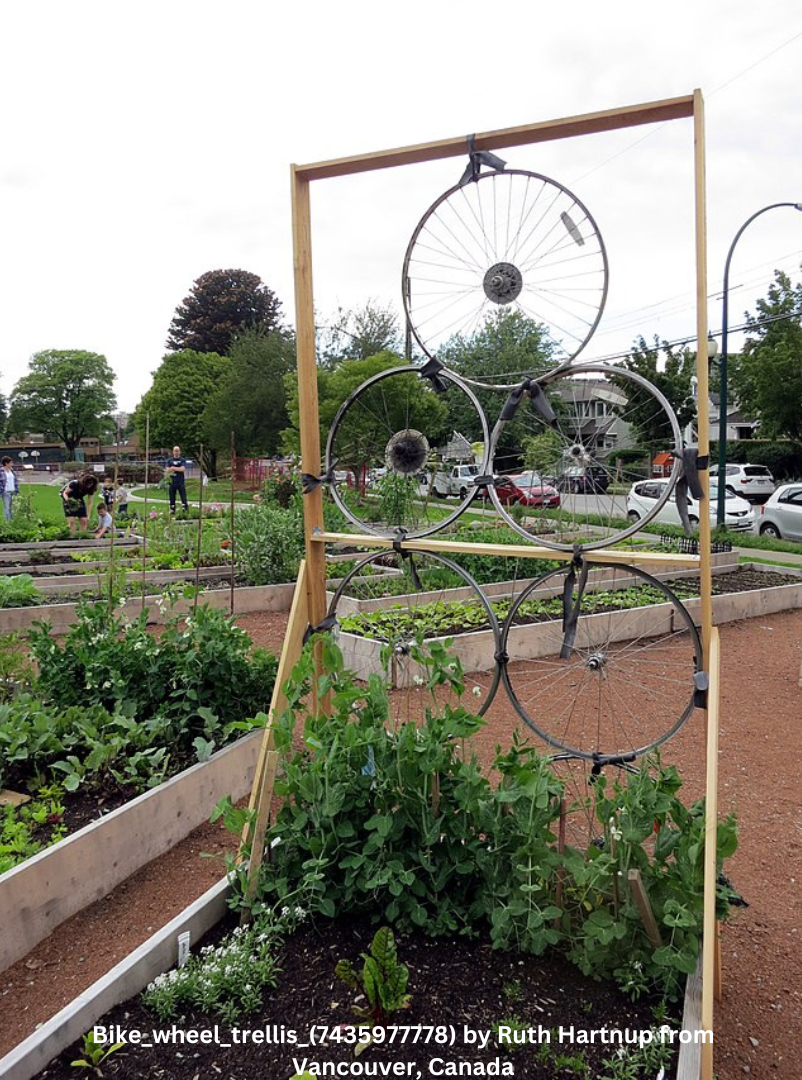
8. Wind and weather buffers.
A few well-placed stakes can hold up frost blankets in spring or autumn, protecting tender crops from unexpected chills. Lightweight row covers to exclude pests or create mini greenhouses need a frame to rest on—stakes make that simple. Tall trellises or living walls of climbing plants can also act as windbreaks, offering shelter for more delicate companions nearby.
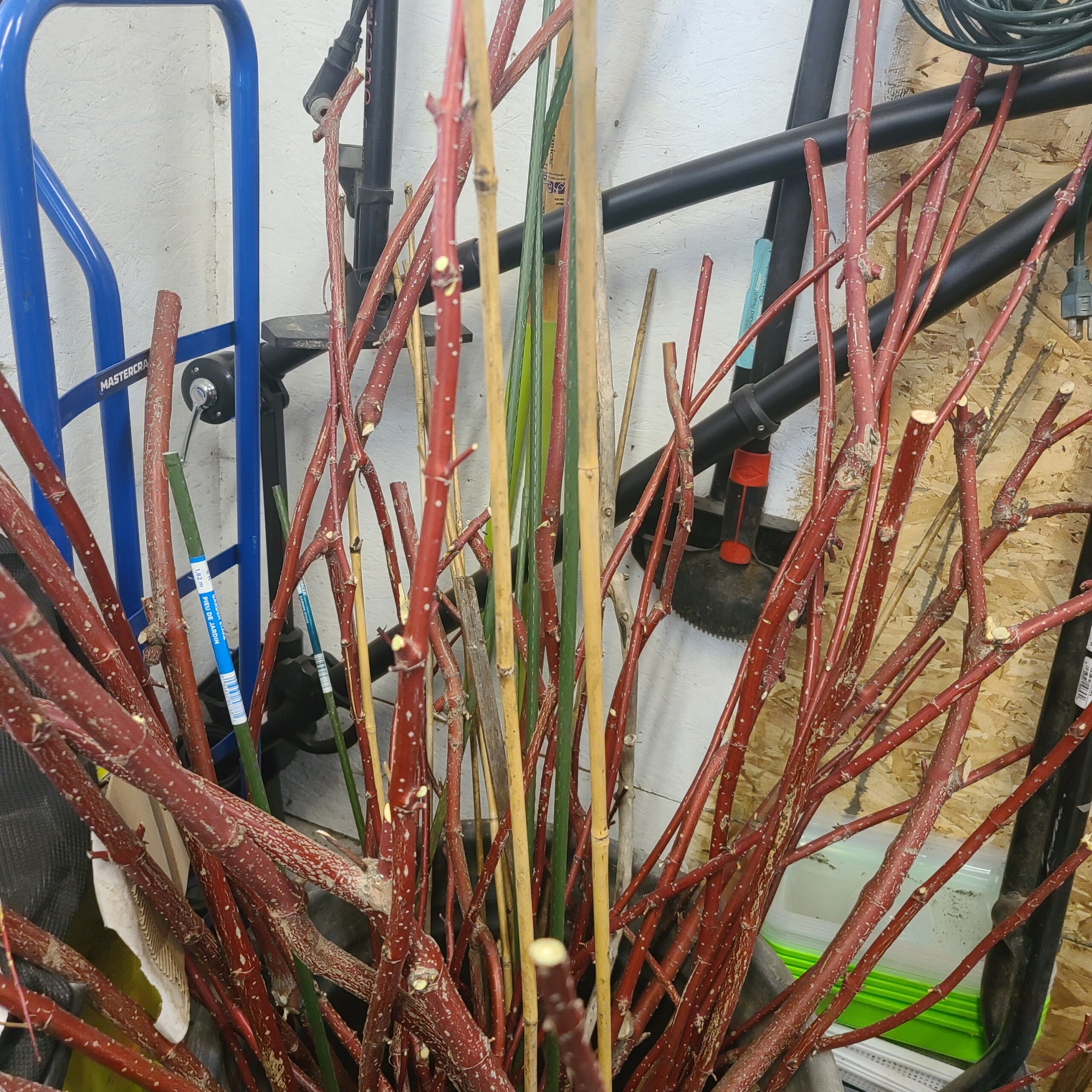
9. Garden markers and dividers.
Beyond supporting plants, stakes can serve as placeholders, row markers, or mini signposts in the garden. Trellises, especially larger or more architectural types, can be used to screen compost piles, divide garden rooms, or even provide privacy. They help organise your space both visually and practically.
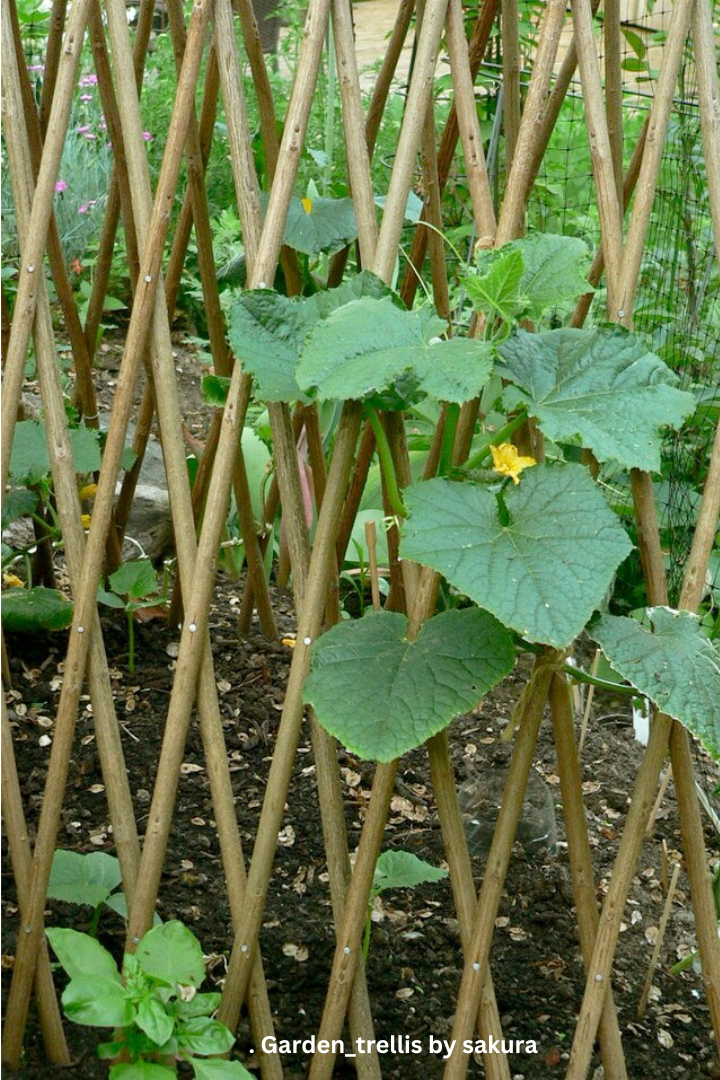
10. They grow with you.
As gardeners become more experienced, their use of supports evolves. Beginners may use a simple bamboo pole but later find joy in creating intricate supports that suit the style of their space. Stakes and trellises aren’t just about solving problems, they become part of the creative language of gardening. From practical structures to permanent features, they shape how your garden grows over time.
